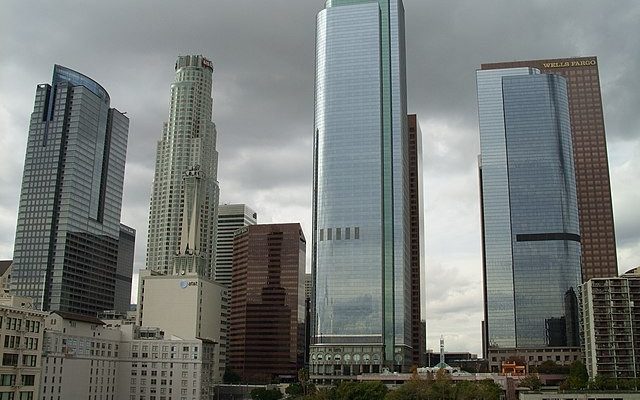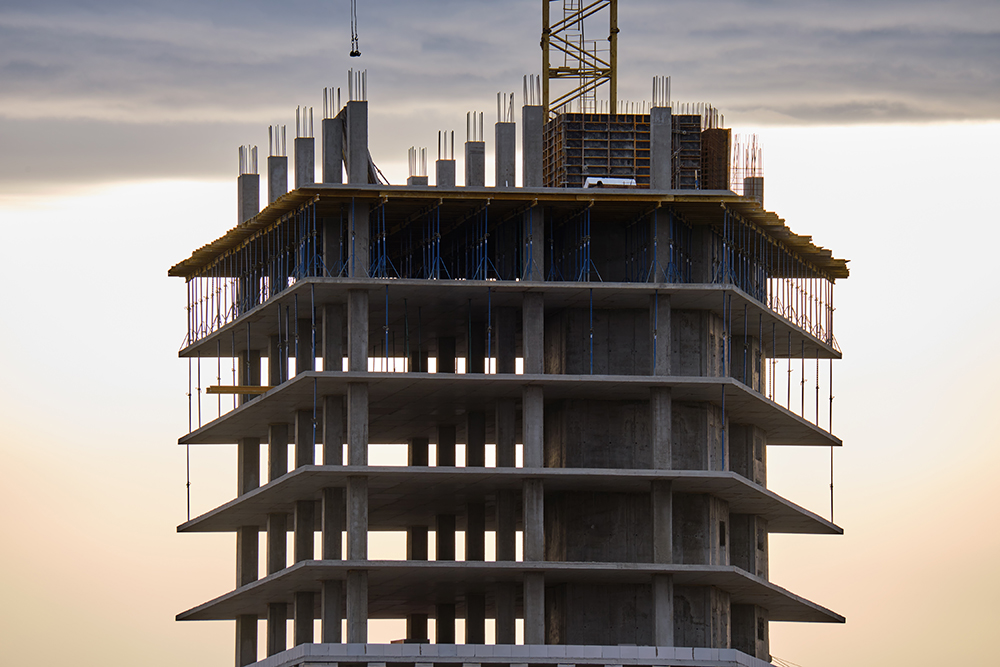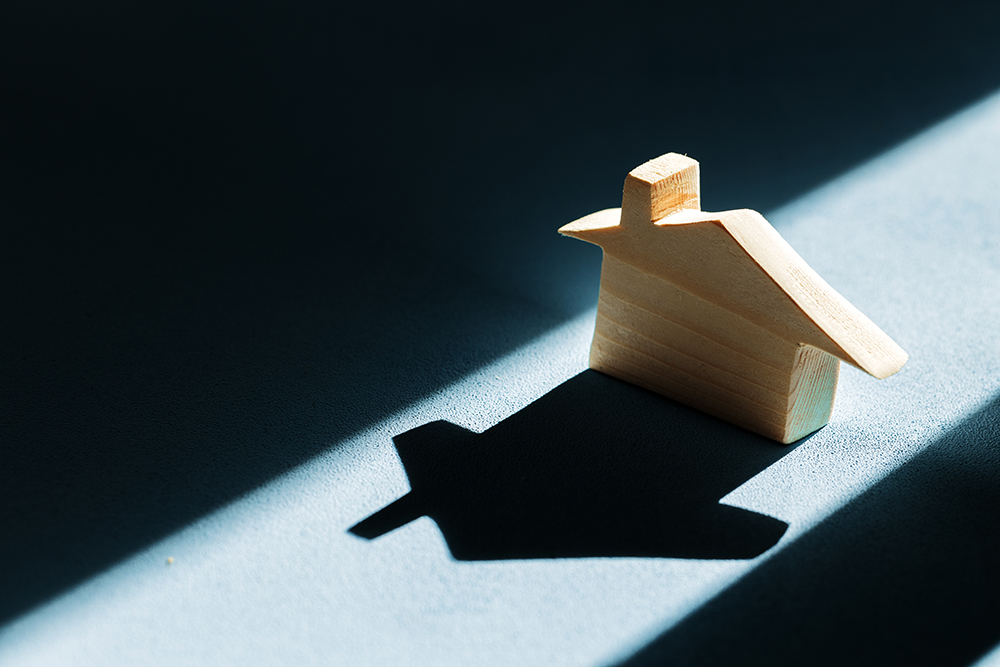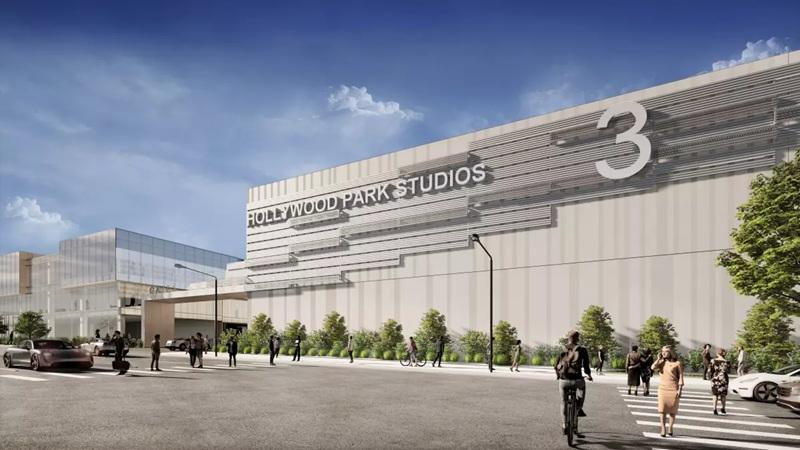About a month ago, we updated our blog with some timely predictions from our CEO, founder, and principal broker Harout Keuroghlian. For those not following, he took us back to the first days of the global pandemic to remind us of the prediction he made: commercial offices would be repurposed for living space. Some big news out of downtown LA may now be further corroborating Harout’s prophecy. One of the largest managers of commercial buildings in the city is defaulting on loans connected with two downtown Los Angeles skyscrapers.
What It Means to “Default” on a Loan

For those unaware of the terminology, defaulting on a loan is serious business. It basically means that a party has failed to uphold their end of a loan agreement. There are multiple ways to default on a loan… and as you can imagine, each is a matter of significance. Now imagine defaulting on not one, but two skyscraper-sized loans.
Big News About a Big Investor
If you’ve invested in commercial real estate in the Los Angeles area, you’ve likely heard of Brookfield Corp. And if you’ve worked as a commercial agent, you definitely have. Brookfield serves as the parent company of downtown’s biggest commercial landlord.
How big is Brookfield? Their portfolio, named Brookfield DTLA Fund Office Trust Investor, boasts $2.28 billion in secured debt. So, when they default on two loans for Los Angeles skyscrapers, it’s a big deal. And that’s exactly what’s happening.
The two looming commercial buildings in question are the Gas Company Tower ($465 million in loans) and the 777 Tower ($290 million in debt). As reported by Fortune, lenders have yet to foreclose on the duo of commercial buildings.
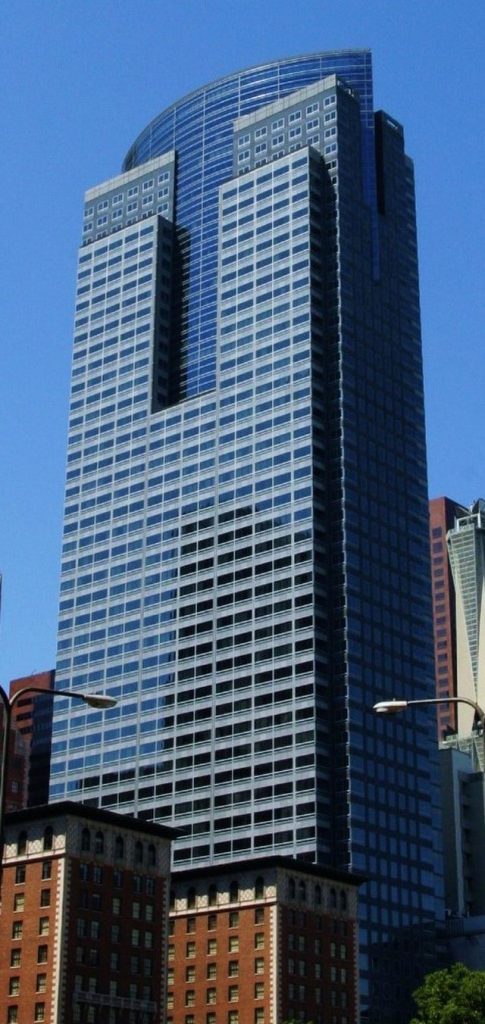
The Writing On The Wall of These Two Commercial Buildings
But big news doesn’t necessarily mean surprising news. Brookfield’s actions (or lack thereof) have come with plenty of foreshadowing.
Back in November, a fund manager issued warnings of potential foreclosure for both commercial buildings. At one point, Brookfield declined to extend the maturity on the loans connected with the Gas Company Tower. In regards to the 777 Tower, they refused interest-rate protection. Since interest-rate protection was a requirement of their loan, this action alone could be taken as an automatic default.
But also unsurprisingly, Brookfield has not responded to media requests for a statement.
Why Would an Investment Giant Default Instead of Refinance?
It’s not too difficult to come up with a theory for why Brookfield would default on two Los Angeles skyscrapers. Likely, they crunched the numbers and realized, after analyzing current refinancing rates, that defaulting was their soundest move forward. But what does that mean for commercial buildings, particularly in downtown Los Angeles?
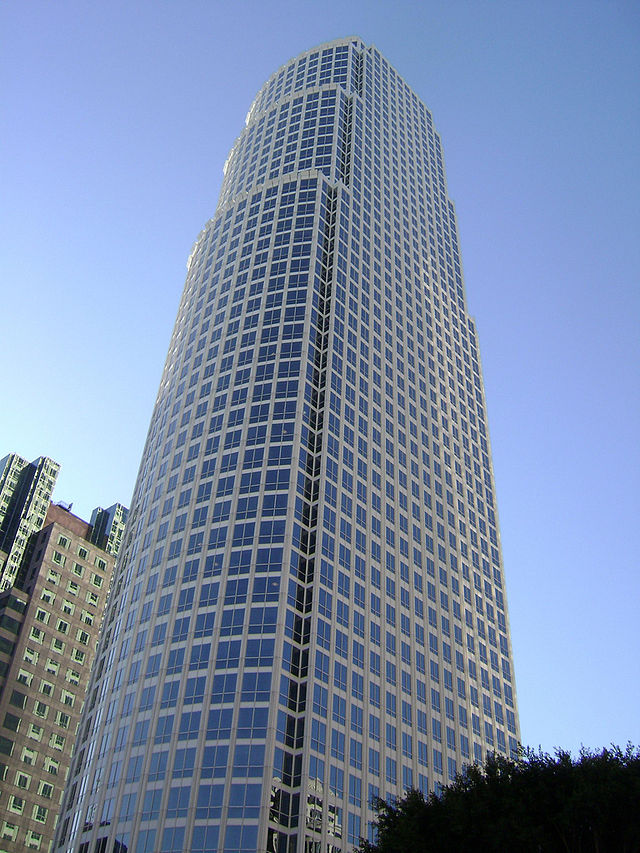
This simply reinforces what Harout has been saying for years. Commercial buildings are still necessary, but not at the volume to which we’ve grown accustomed. Even while many workers have returned to offices, a good portion of the workforce continues to work from home. Compared to pre-pandemic years, downtown LA is virtually a ghost town.
Rethinking Large Commercial Buildings in Downtown LA
However, investors of commercial buildings downtown still have options. We’ve even discussed a few of them in recent blogs.
- Downtown’s underutilized commercial buildings could be rebuilt into condos, hotels, or condotels; a hybrid of the two offering choices between owned and rented units.
- Commercial buildings could be redeveloped to focus on lifestyle. Think bars, restaurants, gyms, learning centers… the possibilities are endless. Keeping a diverse central business hub would make it easier for employers to connect with employees without sacrificing conveniences.
- Harout even suggested a novel idea: turning Los Angeles skyscrapers into hybrid buildings. Imagine a building that was half offices and half living space. You’d enjoy all the conveniences of working from home without taking your work home with you. Home would just be an elevator ride away. Is this the future of commercial buildings?
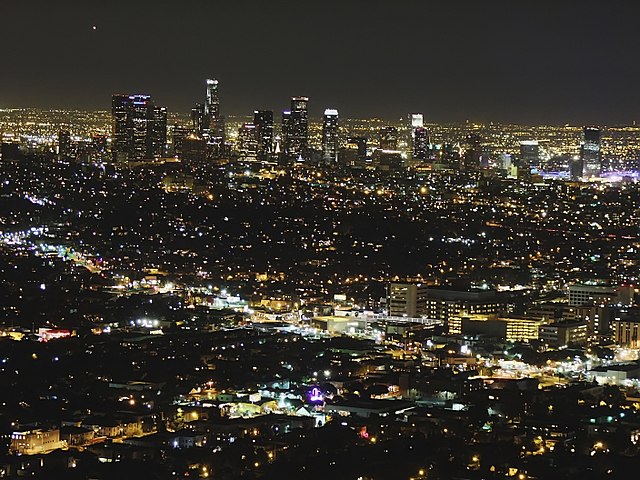
Choosing the Path Forward
When talking about a complete overhaul of a commercial building’s focus, planning is often easier than execution. Just ask LA’s elected officials. They’re still trying to figure out if there are ways to repurpose underutilized buildings as viable living spaces. After all, office space doesn’t transform into living space with the wave of a wand.
Ultimately, Los Angeles skyscrapers aren’t as easy an investment as they were even a few short years ago. A truly creative entrepreneur could revitalize a downtown skyscraper with a lot of ingenuity (and funding). And it’s a long, risky road to that point.
Yet, it may also be one we need to travel to move forward into the post-pandemic world. In the meantime, smaller commercial investments will continue to be a safer path forward. If you’re looking for such an investment, reach out to our team of expert commercial real estate agents for help!

